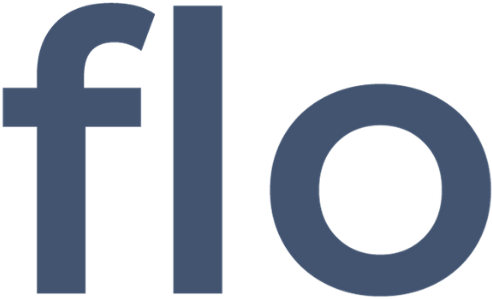In the kitchen, bedroom and bathroom industry, purchasing decisions are made on aesthetics. People buy with their eyes, and during the research phase it’s not uncommon that someone in the market for a new interior will look at hundreds (and often thousands) images before settling on something they like.
From all of our testing, analysis and marketing experiments, we can quite conclusively say that sites with a quantity of quality images convert better from an enquiry perspective than those that are missing enough of those all-important photos.
Without potential buyers being able to come into the showroom to touch and feel your workmanship, they rely on images of your interiors to understand product quality, colour and feel. Your images need to be of high resolution so that they’re clear and crisp to the user. The downside is that the bigger and better the image, the larger the file size which inevitably slows your site down.
Site speed is one of the most important ranking factors with Google and the other major search engines, and not only that, if your website visitors have to wait for images to load, they’ll be heading elsewhere. 2019’s consumers are an impatient lot!
If you’re unsure when it comes to uploading images to your site, then this article is for you…
Image Types: Your Options
There are three main types of images: JPGs, PNGs and GIFs. They all do slightly different things and best used in certain places. Here’s a little explanation as to what they do best…
JPGs – JPGs (or JPEGs) are a popular file format. They’re great for displaying complex colours, patterns and shades. They’ve got a good balance of quality and file size.
PNGs – PNGs are another popular type of file. They are very similar to that of JPGs, but the main difference is that they can use transparency – this is why the PNG file format is often used for logos.
GIFs – GIFs are an older image size. They have a restricted colour scheme and are best used for very small images. Because of the small file size they shouldn’t be used for any photography of your kitchens, bedrooms or bathrooms.
How To Save An Image For Web Use
A large image can take a long time to load, so it’s best to save these images in the correct formats so that they load quickly. When talking about imagery, the word ‘large’ has two meanings: Firstly it refers to the size of the file in KB, MB or even GB, and secondly it refers to the actual dimensions of the image.
Here’s how to optimise your images for web when saving them.
Dimensions of the Image
Save the correct dimensions by always viewing your image at 100%. 100% percent means that you’re viewing something at its real size. If you’re looking at dimensions of an A4 sheet, you’ll notice that it’s exactly the same size as the A4 piece of paper sitting on next to you on your desk.
Saving for Web Use
A common misconception is that a reduced file size will reduce the quality of the image. That doesn’t always ring true, and you can stop that happening by using Adobe Photoshop’s ‘Save For Web’ tool (there are many free online alternatives to Photoshop’s tool – simply search ‘Save For Web Online Tool’).
Compressing an Image
Now that you’ve saved your image correctly, it’s time to compress it further. Compressing an image essentially means that you remove much of the superfluous hidden data in the file, such as meta data, colour data and more. It’s an easy way to keep the file size low.
Images and SEO
As well as quick loading speed and good quality imagery, you also want your images to be optimised for organic traffic. You’ll know that it’s really easy to keep all of the image file names as they were when you received them from either the manufacturer or a photographer. Leaving these default file names as they are will mean you’re missing a huge trick when it comes to SEO opportunities.
Name all of your images descriptively and in simple to understand language. Think about how a potential customer of yours would search for something. For example, an image of a kitchen with a herringbone floor could be called ‘Kitchen 1’ or ‘Kitchen Herringbone Floor by [INSERT COMPANY NAME]’.
Optimising ‘Alt’ tags for images
You might have seen an ‘Alt’ box when you add an image to your site. This information is often left empty, but there’s a big opportunity here.
Firstly, Alt information is what’s used as a text alternative when a browser can’t load an image properly. Adding the appropriate keywords to an image adds SEO value to your image and means that your images will have a higher chance of showing in image searches for prospects browsing for kitchen, bedroom or bathroom imagery, and thus driving more traffic to your website.
So there you have it. A few strategies to remember when adding images to your site for the best user experience possible.
If you have any questions about your website, SEO or marketing in general, please don’t hesitate to get in contact on 0121 405 6780.
